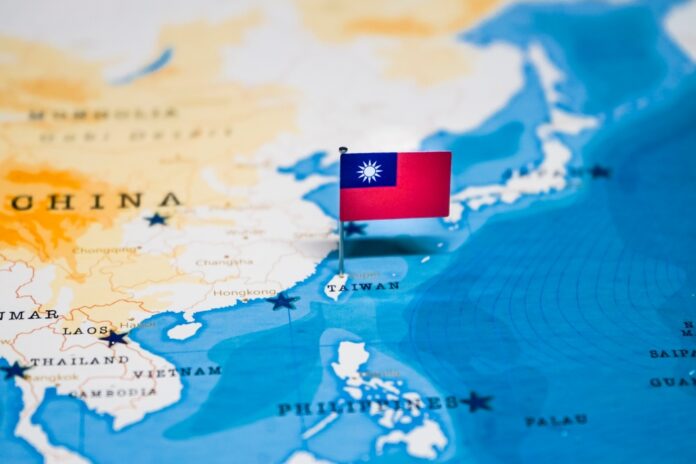One small cell for a front haul but a big Zhǎn Dāo to 5G’s costs
In the Espoo HQ of Finland’s flagship comms mastermind Nokia hosted guest engineers from Chunghwa Telecom Laboratories (CHT-TL) as they jointly verified 25G PON’s capability for small cell fronthaul. Since small cells are obligatory in supporting dense urban areas, this experiment showed that the 25 PON is a behemoth that can work these narrow and jumbled streets and drive data at top speed for mobile network operators and fibre infrastructure providers.
This breakthrough is good news for 5G’s stakeholders because their transport networks have a new major by-pass. Up until now the fibres that carry mobile traffic from small cell sites to the core have been typically split into fronthaul and backhaul transport. Operators are already using fibre broadband networks to carry backhaul traffic. The significance of this team work from Nokia and Chungwa is that, for the first time ever, it showed that these same networks using 25G PON technology can support the stringent capacity and low latency demands needed for fronthaul, explains Telecom TV.
When operators switch to 5G, there are signal propagation limitations inherent in the higher frequencies. These limitations mean they need more antenna close by to capture their signal and ensure capacity and coverage. Fronthaul transmission plays an important but undersung role in connecting these new small cell antennae to the core network. In most cases, small cells and fibre broadband networks have a matching footprint, making fibre networks readily available to be used for 5G transport. The CHT-TL trial shows that 25G PON broadband meets the needs for mobile fronthaul, providing the opportunity for significant cuts in the total cost of ownership (TCO) by converging their networks, so both types of traffic can use it, instead of needing time for planning permission and eye watering costs for building expensive new transport routes.
“Using PON for mobile fronthaul is a breakthrough for network convergence,” said Erik Keith, Senior Research Analyst, S&P Global. The big difference comes from the addition of 25G PON machinery, that provides the additional capacity that makes this possible. Using the existing access networks to support mobile transport means operators can do a lot more with less capital investment, which is good news for the bottom line, said the analyst.
It is Nokia’s Quillion chipset that is in the new network equipment’s mechanical version of DNA. Thanks to its Quillion instincts, Nokia’s 25G PON has evolved extra power to boost the capacity of the existing fibre nodes to 25Gbps. With data volumes moving at this velocity operators have the capacity to offer additional services, like mobile transport or enterprise connectivity and, ipso facto, they create the option to make new money-making services. Meanwhile the economies of scale will lower the overall costs of ownership once the network is bursting with revenue streams.
From a green perspective, PON based transport has a pleasingly low energy consumption, which can only cut the cost of meeting greenhouse gas emission reduction targets. “A stable optical network aligned with a focus on reduced total cost of ownership are key for a successful transport solution providing coverage for a mobile network,” said Dr Rong-Shy Lin, CTO & EVP of the Chunghwa Telecom Company and President of the Chunghwa Telecom Laboratories. “We have verified that 25G PON can co-exist with our high-speed broadband network, leveraging the outside plant, which is the cornerstone to the success of fixed-mobile convergence.”
Jason Liu, President of Nokia Solutions & Networks Taiwan, said Chunghwa Telecom joins exalted company including AT&T, Google Fiber, cities like Chattanooga in the US and challenger brands like Ogi in the UK, all of whom are trialling and introducing 25G PON.


